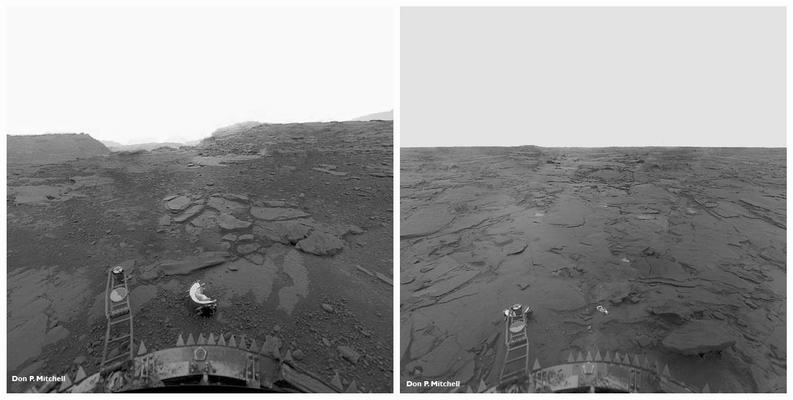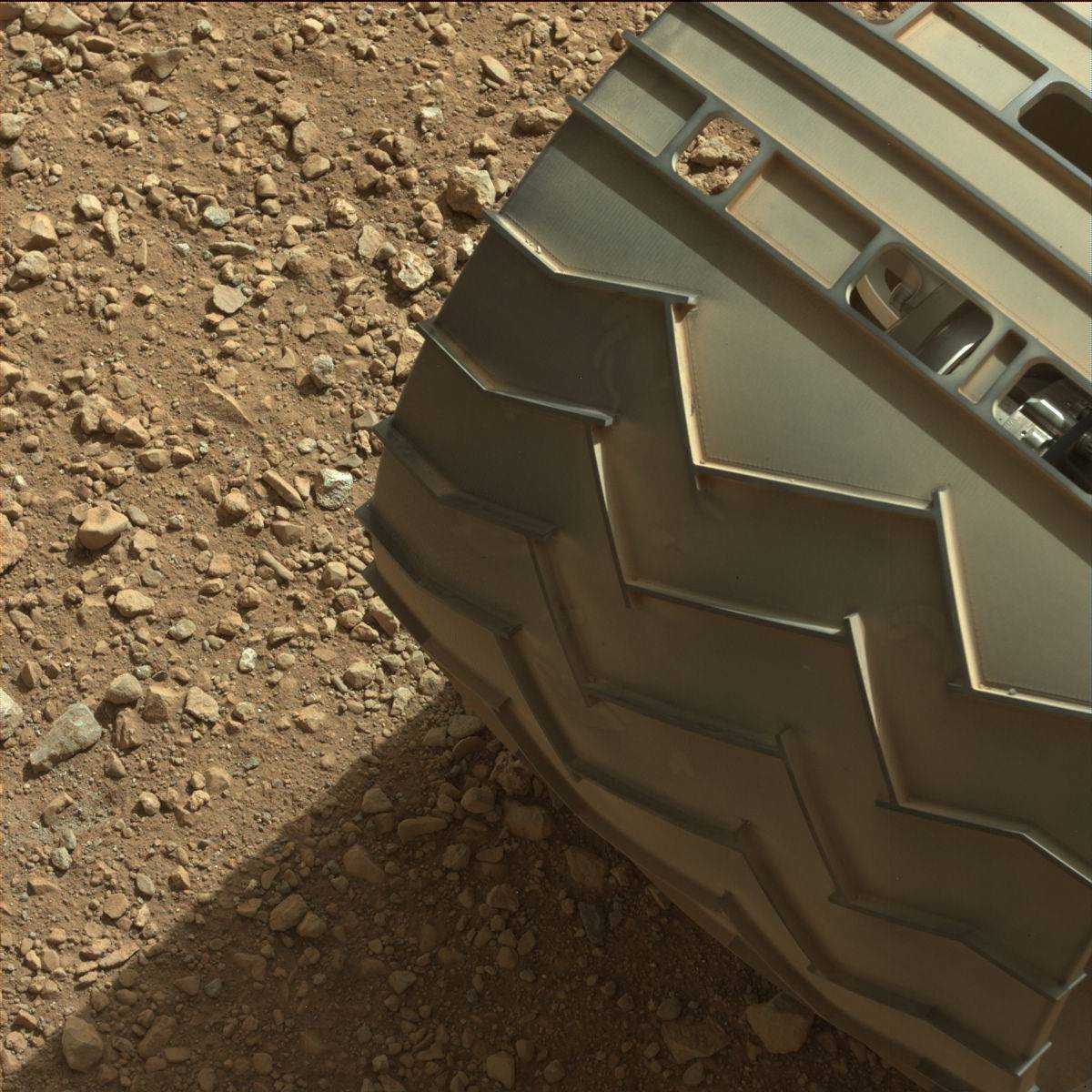Unicorn
Banned
@naveed @awan4ever @Safarmai @Unicorn
I dont have much info about fuel consumption nd generation but could someone plz explain how did it manage to travel for more than 8 months nd would now spend 2 years there without any external fuel supply? One of the genius here on this forum discovered a photograph of self charging laptop cable nd is posting it everywhere on forum so r we safe to assume that this curiosity shutle or watever recharges itself? May b it uses solar energy but it cant depend on it completely sO if someone knows the answer plz share it thanks v r still praising the hoax of moon landing lets c wat happens to this one nd could the blind believers on american technology plz explain why they chose mars this time nd not moon?
It orbited the earth build up speed than thrown towards Mars like a sling shot. It only has fuel for landing and to keep the equipment inside charged and to make correction in trajectory. Its the gravity of Mars that pulls it.
While on Mars I believe it uses solar panels but I am not all sure.
Why they chose Mars over Moon? I believe there is lot more mystery locked in Mars since its a planet similar to earth. It has four seasons has a similar tilt towards Sun it also have a similar rotation around its axis like earth and have day and night similar to Earth. A polar ice cap and some evidence that it had flowing water on surface at some time. It has mountains and had active volcanoes.
Last edited:











































